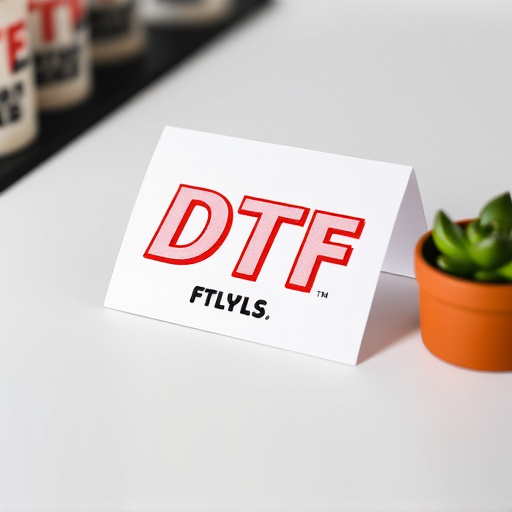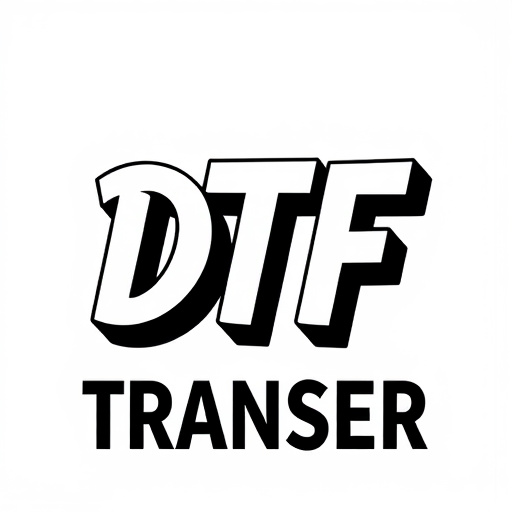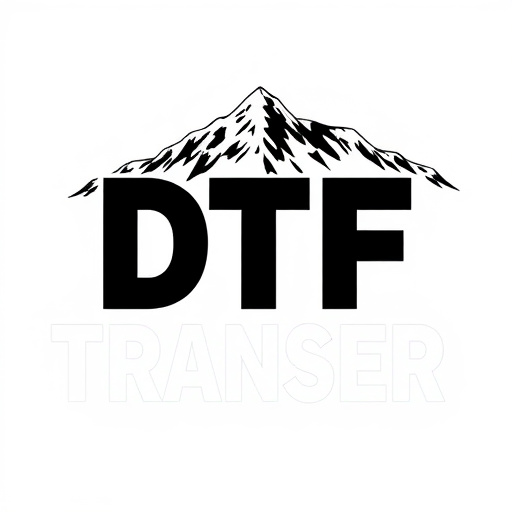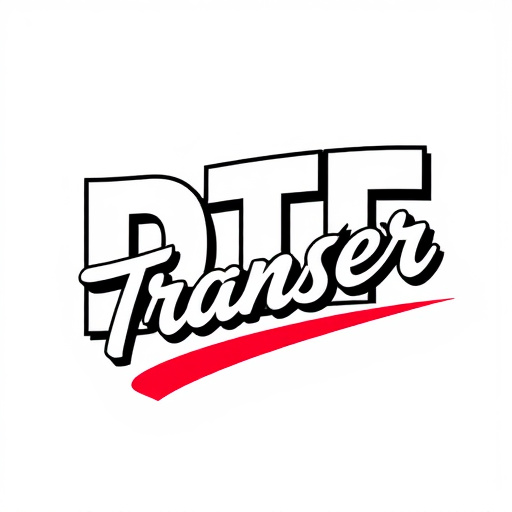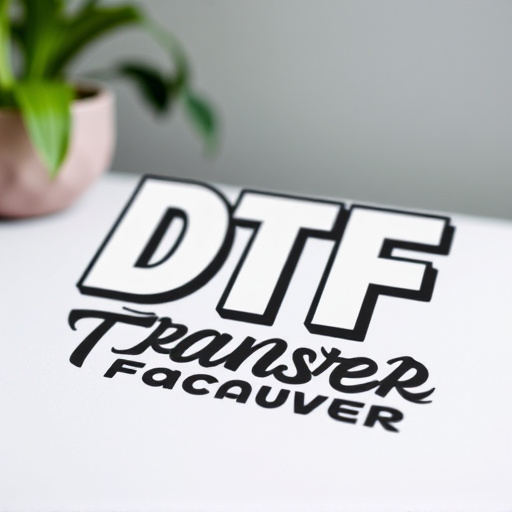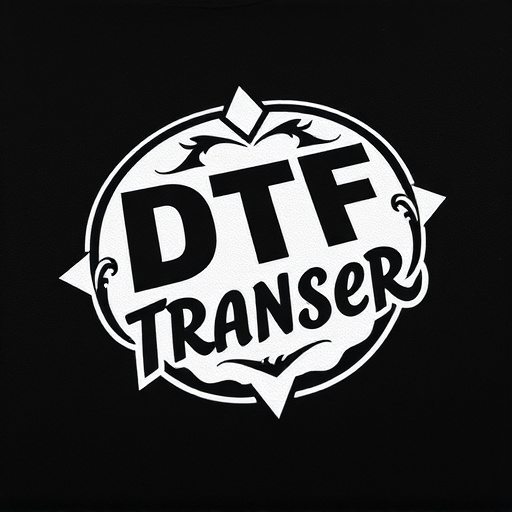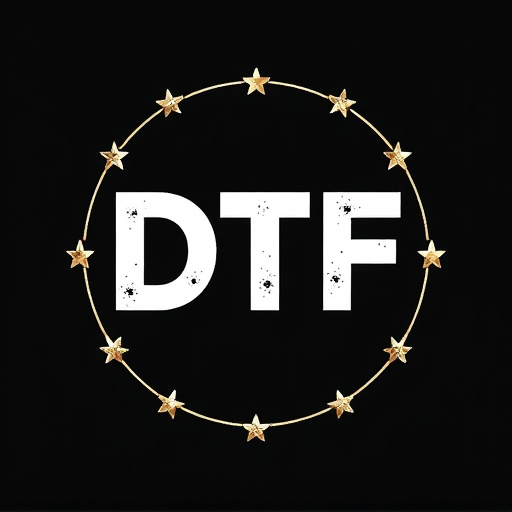Direct-to-Film (DTF) transfers have revolutionized printing, offering a versatile, efficient, and cost-effective method for applying designs to various fabrics. Using heat and pressure, DTF transfers produce vibrant colors and sharp details. Advancements in technology have made DTF accessible and affordable, eliminating complex setup processes. Suitable for diverse fabrics, DTF ensures prints adhere securely without fading or cracking. Binding agents play a crucial role, fusing ink onto fabric fibers for durability. Choosing the right binding agent is key to maintaining vibrancy and integrity, considering factors like adhesive strength, compatibility with fabric types, and environmental safety. The application process involves careful preparation, precise alignment, and curing methods for optimal results. DTF transfers offer benefits like precise color transfer and enhanced durability, but challenges like compatibility issues and environmental concerns drive the need for sustainable solutions.
Direct-to-film (DTF) transfers have revolutionized textile printing, offering vibrant, durable designs on various fabrics. This popular print method directly applies images onto fabric using heat and pressure. However, securing these transfers effectively is crucial for long-lasting results. Binding agents play a vital role in the DTF process, ensuring the design adheres to the fabric. This article explores the science behind binding agents, their selection, application techniques, and the benefits they bring to the textile printing industry, along with addressing common challenges.
- Understanding Direct-to-Film (DTF) Transfers: A Popular Print Method
- The Role of Binding Agents in DTF Printing Process
- Key Characteristics of Effective Binding Agents
- Choosing the Right Binding Agent for Optimal DTF Results
- Application and Curing Techniques for Securing DTF Transfers
- Benefits and Challenges of Using Binding Agents in Textile Printing
Understanding Direct-to-Film (DTF) Transfers: A Popular Print Method

Direct-to-Film (DTF) transfers have revolutionized the printing industry, offering a versatile and efficient method for applying designs to various fabrics. This technique involves transferring ink directly from a film or master pattern onto the fabric’s surface using heat and pressure. DTF is particularly popular among businesses and individuals seeking high-quality, long-lasting prints on textiles. The process is known for its ability to produce vibrant colors, sharp details, and an overall professional finish, making it a go-to choice for custom apparel, promotional products, and decorative items.
With the advancement of technology, DTF transfers have become increasingly accessible and affordable. They eliminate the need for complex set-up processes and specialized equipment, allowing for quick turnaround times and cost-effectiveness. This method is suitable for a wide range of fabrics, from cotton tees to polyester jackets, ensuring that prints adhere securely without fading or cracking over time. Understanding DTF transfers and their unique benefits is essential for businesses aiming to offer high-quality printing services while staying competitive in the market.
The Role of Binding Agents in DTF Printing Process

In the realm of direct-to-film (DTF) transfers, binding agents play a pivotal role in securing the print to various fabrics. These agents act as the invisible bridge between the film and the material, ensuring a robust and long-lasting bond. When a DTF transfer is applied, the binding agent’s primary function is to fuse the ink particles from the film onto the fabric fibers, creating a seamless and durable finish.
Without adequate binding, the color vibrancy and overall quality of the printed fabric could be compromised. The right binding agent enhances the DTF printing process by providing a strong adherence, allowing for vibrant designs that withstand washing, fading, and everyday wear. This is especially crucial in industries where durability and colorfastness are paramount, such as fashion, home decor, and promotional merchandise.
Key Characteristics of Effective Binding Agents
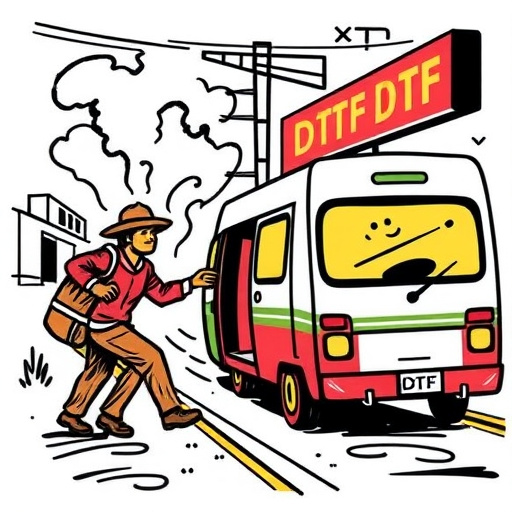
When it comes to securing Direct-to-Film (DTF) transfers on fabrics, choosing the right binding agent is paramount. Effective agents possess several key characteristics that ensure long-lasting adhesion and durability. Firstly, they should offer excellent cohesive strength, allowing them to bind firmly with both the fabric and the printed film, preventing peeling or fading over time. This is crucial for maintaining the vibrancy of colors and ensuring the transferred image remains intact under various conditions.
Secondly, flexibility is a vital trait. The binding agent must accommodate the natural movement and stretch of fabrics without compromising adhesion. This characteristic is especially important in textiles subjected to frequent use, such as clothing or outdoor materials, where stretching and contracting are common. A flexible binding agent ensures that the DTF transfer remains secure, preserving its quality even under stress.
Choosing the Right Binding Agent for Optimal DTF Results

Choosing the right binding agent is paramount for achieving optimal results in direct-to-film (DTF) transfers to fabrics. Each binding agent has unique properties, including adhesive strength, durability, and compatibility with various fabric types. For DTF applications, a high-performance binding agent must offer strong adhesion to ensure the transferred image remains vibrant and long-lasting, even under rigorous use. It should also be capable of bonding well to a wide range of fabrics, from cotton to polyester, for versatile application.
Additionally, consider environmental impact and safety. Many modern binding agents are designed with eco-friendly formulations, reducing their detrimental effects on both the environment and the user’s health. These factors, combined with cost-effectiveness, help narrow down the selection to a suitable binding agent for your specific DTF transfer needs.
Application and Curing Techniques for Securing DTF Transfers

The application of a DTF transfer involves several precise steps to ensure optimal adhesion and durability. Typically, the process begins with preparing the fabric surface by cleaning and treating it to enhance its receptivity. This can include techniques like sanding or applying specific primers to create a rough texture, which improves the bond strength between the transfer and fabric. Once the substrate is ready, the DTF film is carefully aligned and pressed onto the fabric, ensuring complete contact with the desired areas.
Curing is a critical stage in securing a DTF transfer. It involves exposing the bonded fabric-transfer assembly to heat or UV light to activate the adhesive properties of the binding agent. The choice between heat or UV curing depends on the specific type of binding agent used. Heat curing is often faster and suitable for various materials, while UV curing offers higher precision and is ideal for fine details, ensuring the transfer becomes an indelible part of the fabric without leaving behind any visible residue.
Benefits and Challenges of Using Binding Agents in Textile Printing

Using binding agents in direct-to-film (DTF) transfers to fabrics offers several advantages. These agents create a strong bond between the film and fabric, ensuring precise color transfer during printing. This results in vibrant, long-lasting designs that withstand washing and wear, enhancing the overall durability of the final product. Furthermore, binding agents can improve the texture and feel of the printed fabric, offering a unique tactile experience not possible with traditional printing methods.
However, challenges exist when employing binding agents for DTF transfers. Compatibility issues between specific fabrics and agents can lead to poor adhesion or even fabric damage. Additionally, the selection and application of the right agent require careful consideration and expertise to achieve consistent, high-quality results. Environmental concerns are also rising, as some traditional binding agents may have adverse impacts on the ecosystem. Therefore, industry professionals increasingly seek eco-friendly alternatives that balance performance with sustainability.
